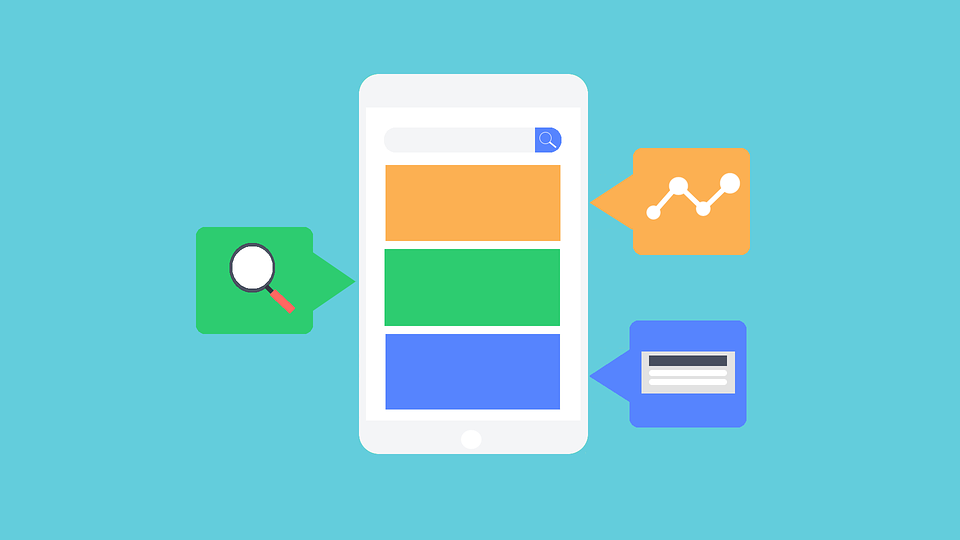
Google Ads (formerly Google AdWords) is a powerful marketing channel for many financial firms.
Not only does it potentially enable your website to appear quickly in the top search engine results for your target audience, but it can also be a powerful source of website traffic and lead generation. However, it is easy to make costly mistakes if you are not careful.
Google Ads – like other digital advertising platforms – primarily operates on a “pay-per-click” model (PPC). This means that you pay Google each time someone clicks on your ads. The price is determined by a range of factors (discussed below), and can change over time.
In this guide, our marketing team at CreativeAdviser shows how Google Ads can be used effectively in 2022. There is a lot more competition today in this space now, within the financial sector.
However, it is still possible to craft a strong campaign with some good planning.
We hope you find this content useful. Get in touch to discuss your own digital marketing strategy with us over an online consultation.
Set realistic expectations
Many people are fascinated by Google Ads and believe that the platform will open the lead generation floodgates for them.
In our experience, however, the financial sector is a fiercely competitive space and lots of firms are jostling for the same potential clients online. This means that your ads need to be very good to stand out from other voices competing for the audience’s attention.
Not too many years ago, that Google Ads was not widely used and that it was much easier to get lots of leads. Today, however, large firms with large marketing budgets publish their ads nationally (and often in local search), together with financial planning directories and sometimes even banks or building societies.
All of this competition drives the price of clicks up. This is because Google Ads largely works on an “auction system”, where the highest bidder usually gets the top spots in Google Search results (although other factors – like ad quality – also come into play).
Higher cost per click, of course, eats into your return on marketing investment (ROMI). To offset this, financial firms often need to limit their ads towards targeting “higher net worth individuals”. However, since these people are fewer in number, this tends to reduce lead volumes.
Another option is to spend more money, of course – trying to put in the highest bid. However, this eventually hits a ceiling where it is no longer profitable to run many campaigns. The cost of advertising simply gets too close to the lifetime value of the potential client.
What, then, is the answer?
The first is to set realistic expectations. Google Ads is not an easy route to multitudes of leads. Rather, see it as one potential marketing channels amongst a portfolio of others which compliment each other, and help you move towards your marketing goals.
Secondly, you need to be smart with your budget and ad strategy – especially if you are a smaller firm (e.g. a local financial planner) with far less money to spend compared to the big players in the space.
Research before commitment
Since you could be spending £100s each month on Google Ads each month if you go down this road, it is wise to make sure the campaign has a reasonable chance of success before running your first ad group.
A good place to start is to image yourself in the shoes of your target client as they approach Google Search to make a query. What are they likely to type in? Try out some searches for yourself and see what comes up.
Remember Google’s search bar uses an “auto-complete” feature which tries to complete the sentence you type, based on what others have searches before you. This can provide powerful hints to popular search queries which you may want to target.
When the results come up, check down the page. Which other businesses come up? Are they firms similar to yours, which you can realistically compete with? Is there a surprising absence of ads? If so, could that indicate an opportunity for you – or, does it suggest that others have tried advertising here before and the results were poor?
Look further down the page and see what appears in the “People Also Asked” section of the results. This shows what Google has identified as common questions asked by users about the topic at hand. These could be good ideas for your blog posts, or landing pages.
Finally, see what appears under the “Feedback” button at the bottom of the search results. Here, you typically see a list of related searches to the one you made. Again, these can provide useful ideas for your ad campaigns and website content.
Put the pieces together
Once you start to get an idea of what you can reasonable get your ads to appear for, it’s time to start planning out your campaigns.
First of all, try out the Keyword Planner tool within Google Ads to see which relevant keywords have high search volume. Whilst not totally accurate, it can give you an idea of how many people are looking for the term, and how much it might cost if people click on your ads.
Secondly, start putting the relevant pieces of your campaign together. You’ll need a Google Ads account, of course. Then you’ll need to set up your campaigns so that it targets the right areas, stays within your budget and so ads only appear for specific search terms.
Not all the work can be done purely within the Google Ads platform, however. Ultimately, your ads need to point somewhere and this is where a strong landing page is needed. Ideally, you should have one landing page per ad group – so each one is relevant. You don’t want any campaigns about income protection pointing to a landing page about pensions, for instance.






